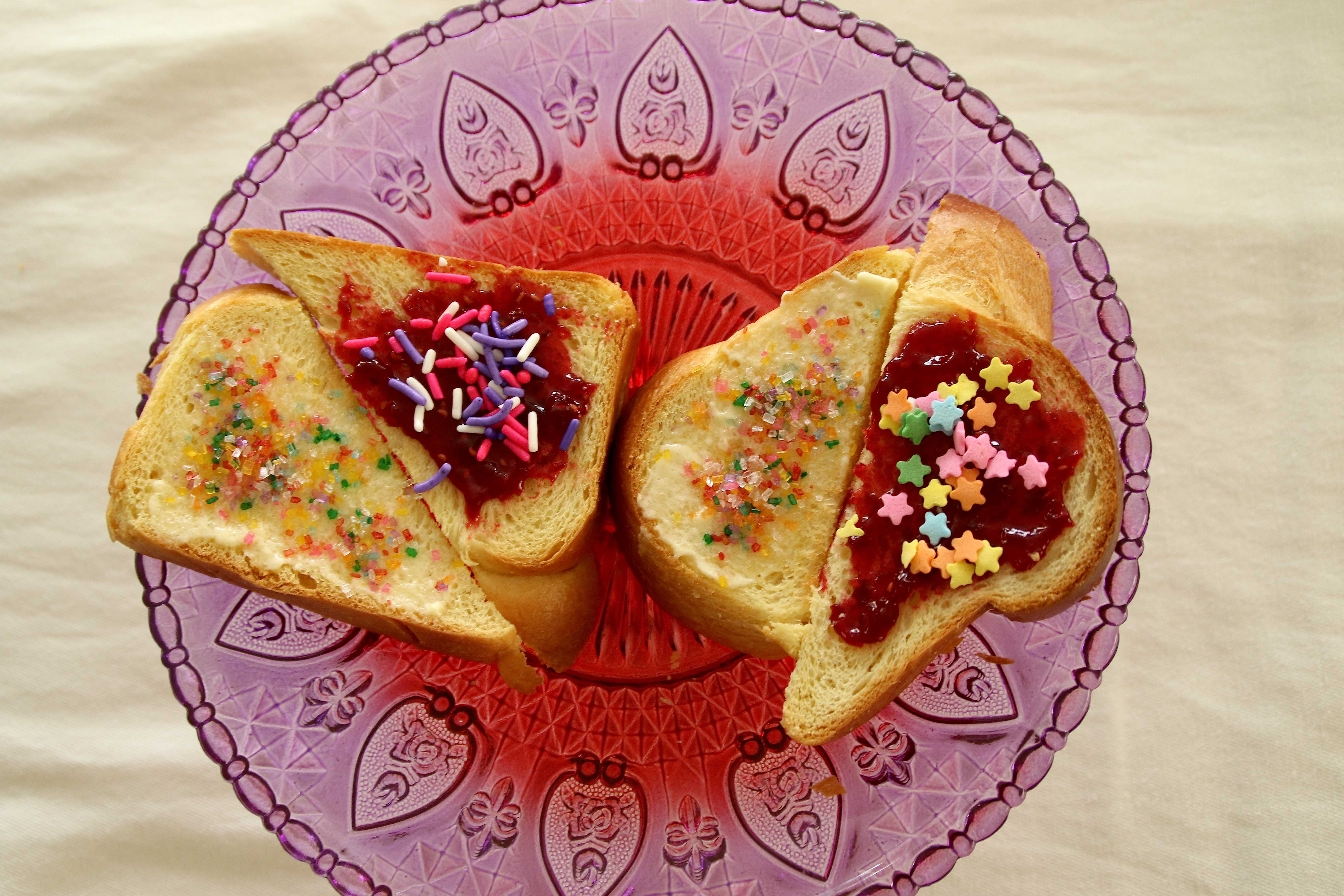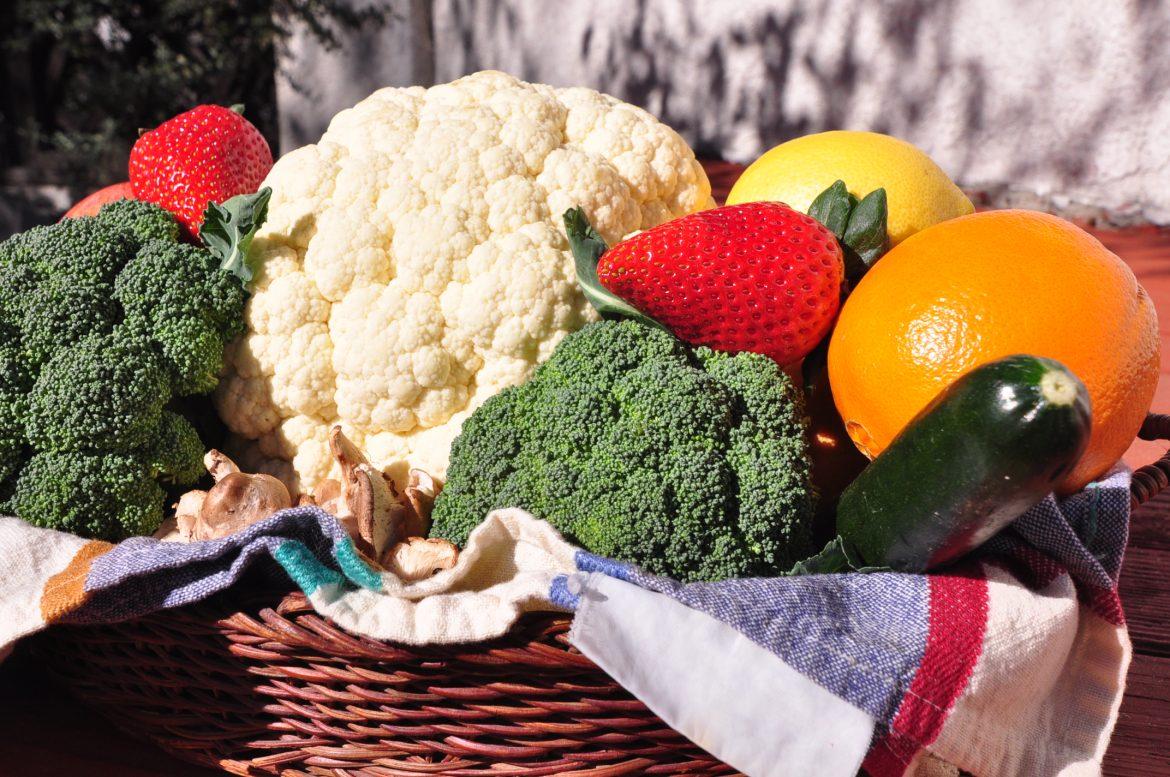There are but a few culinary luxuries that can match the food-gasm of flavor from a perfectly cooked egg. If you’ve never seen or tried it before, I dare you, nay, I double-dog dare you, to order a cheeseburger with a fried egg. Just imagine a little, golden balloon filled with a sexified protein center sitting atop your burger patty screaming, “Eat me! I’m delicious!” But what am I saying, you live in California — we’re the reigning champs of foods with fried eggs inside. Grilled cheese sandwiches, stir-fried rice bowls, heck, even a plate of fries can become next-level food with the addition of a fried egg. A good egg is like a crispy piece of bacon, it can do no wrong. Check in this week and see why the chicken always comes after the egg.
Food for thought: Salmonella bacteria can live on just about any kitchen surface and cooking utensil. The CDC estimates that Salmonellosis is responsible for over 1 million illnesses and nearly 500 deaths in the US from reported incidents. Likewise, the bacteria can be transferred to other foods, the most susceptible being fruits and vegetables that have not outer membrane (skin/peel). Leafy greens and any food that is generally eaten raw is at a higher risk for cross contamination, so be sure and wash raw foods before consuming. On eggs, Salmonella is typically found on the shell, not within the egg itself, although the yolk and the whites may still contain small amounts of the bacteria. If you’re wary about past-due eggs, throw them out. An indicator of old eggs is a runny (raw) white that is semi-/detatched from the yolk.





